
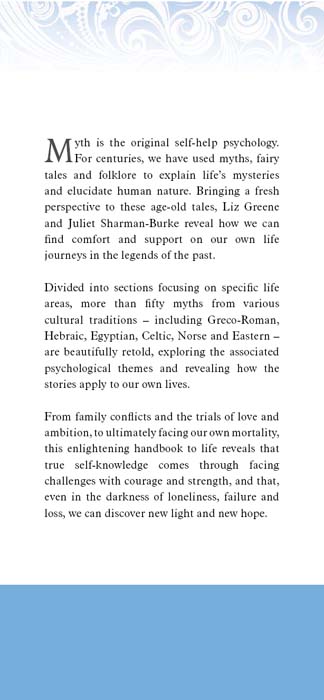

To my Father and Mother, who first told me myths and fairy tales, with love.
JULIET SHARMAN-BURKE
To Charles and Suzi, with love, for their friendship.
LIZ GREENE
First published in 2017 by Weiser Books, an imprint of
Red Wheel/Weiser, LLC
With offices at:
65 Parker Street, Suite 7
Newburyport, MA 01950
www.redwheelweiser.com
Text copyright Liz Greene and Juliet Sharman-Burke 1999, 2017
This edition copyright Eddison Books Limited 2017
All rights reserved. No part of this publication may be reproduced or transmitted in any form or by any means, electronic or mechanical, including photocopying, recording, or by any information storage and retrieval system, without permission in writing from Red Wheel/Weiser, LLC.
Reviewers may quote brief passages.
The rights of Liz Greene and Juliet Sharman-Burke to be identified as the authors of this work have been asserted by them in accordance with the Copyright, Designs and Patents Act 1988.
ISBN 978-1-57863-616-7
Library of Congress Cataloging-in-Publication Data available upon request.
An Eddison Books Edition
St Chad's House, 148 King's Cross Road
London WC1X 9DH
www.eddisonbooks.com
Text first published in the UK in 1999 by Gothic Image Publications.
Typeset in Gill Sans and Eurostile
Printed in China
1 3 5 7 9 10 8 6 4 2
www.redwheelweiser.com
www.redwheelweiser.com/newsletter
CONTENTS
 PART I
PART I 

 PART II
PART II 

 PART III
PART III 

 PART IV
PART IV 

 PART IV
PART IV 


INTRODUCTION
 yth is the original self-help psychology. For centuries, human beings have used myths, fairy tales and folklore to explain life's mysteries and make them bearable from why the seasons change, through complex relationship issues, to the enigma of death. Jesus explained his teachings through parables, giving his followers difficult problems in an easy-to-understand form. Plato communicated abstruse philosophical concepts through simple myths and allegories. In ancient Hindu medicine, when someone with mental or emotional difficulties consulted a doctor, the physician prescribed a story on which to meditate, thus helping the patient to find his or her own solution to the problem. It is often our linear, causally bound, rational thinking that obscures the deeper meaning and resolution of life's dilemmas. Myths have the mysterious capacity to contain and communicate paradoxes, allowing us to see through, around and over the dilemma to the real heart of the matter.
yth is the original self-help psychology. For centuries, human beings have used myths, fairy tales and folklore to explain life's mysteries and make them bearable from why the seasons change, through complex relationship issues, to the enigma of death. Jesus explained his teachings through parables, giving his followers difficult problems in an easy-to-understand form. Plato communicated abstruse philosophical concepts through simple myths and allegories. In ancient Hindu medicine, when someone with mental or emotional difficulties consulted a doctor, the physician prescribed a story on which to meditate, thus helping the patient to find his or her own solution to the problem. It is often our linear, causally bound, rational thinking that obscures the deeper meaning and resolution of life's dilemmas. Myths have the mysterious capacity to contain and communicate paradoxes, allowing us to see through, around and over the dilemma to the real heart of the matter.
Over the following pages, we will explore significant myths, some well-known and others less familiar, from Greco-Roman, Hebrew, Egyptian, Hindu, Native American, Maori, Celtic and Norse, as well as other sources, which relate to the various stages of life and the important challenges all human beings encounter. Rather than following the familiar format of a mythological dictionary which gives snippets of interpretation for each of a long list of ancient deities and heroes, we will follow, instead, the format of a human life, weaving the ancient tales around fundamental human experiences, beginning with family relationships and ending with death as the final mythic journey. Each part of the book can be read and reread independently of the others; but as a whole, the book takes the reader on a journey through the major rites of passage of a human life.
Each part focuses on a particular area of life and the characteristic conflicts and joys we all encounter. Specific myths are, in turn, used to illustrate particular issues, both positive and negative, relevant to that sphere of life. The story is told first, and then a psychological overview is given which helps us to understand the deeper meaning and application of the myth to our own lives.
The purpose of this book is to show you how mythic stories and imagery can bring relief from internal conflicts and help you to discover greater depth, richness and meaning in life. One of the great healing functions of myth is to show us that we are not alone with our feelings, fears, conflicts and aspirations. We learn from myth that sibling rivalry is as old as time; that Oedipus is alive and well and is not limited to the psychoanalytic couch; that the eternal triangle is indeed eternal and has been written about since human beings first learned to write; that beauty, talent, power and wealth bring their own forms of suffering; and that in the darkness of loneliness, failure and loss we have always discovered light and new hope.
Next page



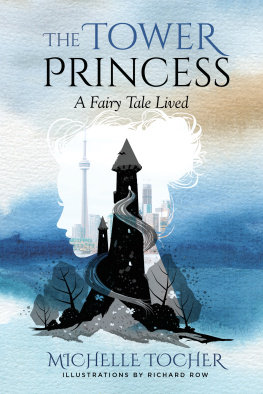

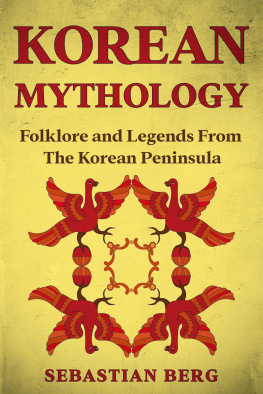
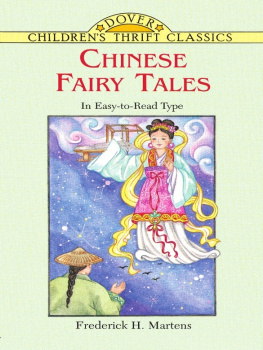
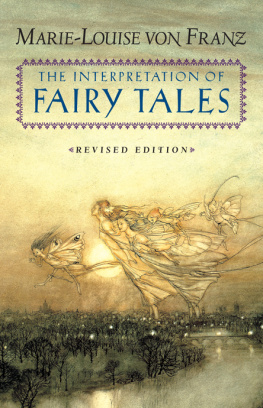




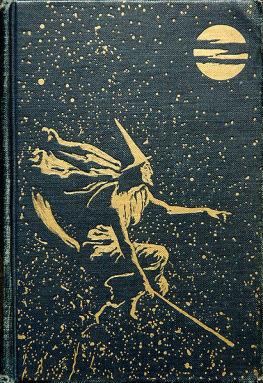



 PART I
PART I 

 yth is the original self-help psychology. For centuries, human beings have used myths, fairy tales and folklore to explain life's mysteries and make them bearable from why the seasons change, through complex relationship issues, to the enigma of death. Jesus explained his teachings through parables, giving his followers difficult problems in an easy-to-understand form. Plato communicated abstruse philosophical concepts through simple myths and allegories. In ancient Hindu medicine, when someone with mental or emotional difficulties consulted a doctor, the physician prescribed a story on which to meditate, thus helping the patient to find his or her own solution to the problem. It is often our linear, causally bound, rational thinking that obscures the deeper meaning and resolution of life's dilemmas. Myths have the mysterious capacity to contain and communicate paradoxes, allowing us to see through, around and over the dilemma to the real heart of the matter.
yth is the original self-help psychology. For centuries, human beings have used myths, fairy tales and folklore to explain life's mysteries and make them bearable from why the seasons change, through complex relationship issues, to the enigma of death. Jesus explained his teachings through parables, giving his followers difficult problems in an easy-to-understand form. Plato communicated abstruse philosophical concepts through simple myths and allegories. In ancient Hindu medicine, when someone with mental or emotional difficulties consulted a doctor, the physician prescribed a story on which to meditate, thus helping the patient to find his or her own solution to the problem. It is often our linear, causally bound, rational thinking that obscures the deeper meaning and resolution of life's dilemmas. Myths have the mysterious capacity to contain and communicate paradoxes, allowing us to see through, around and over the dilemma to the real heart of the matter.